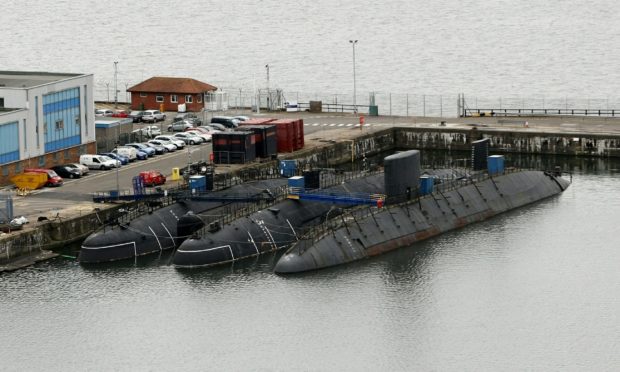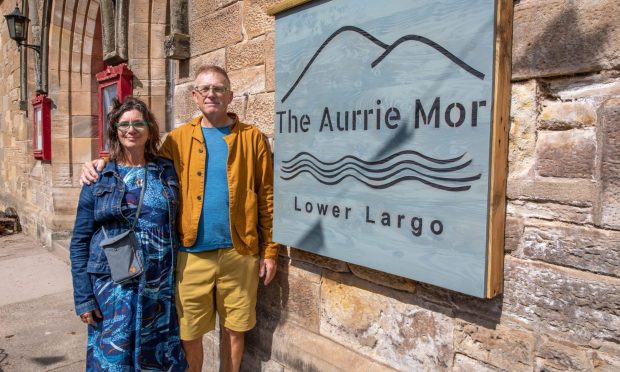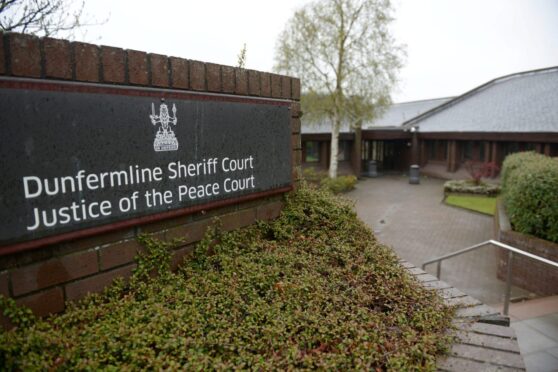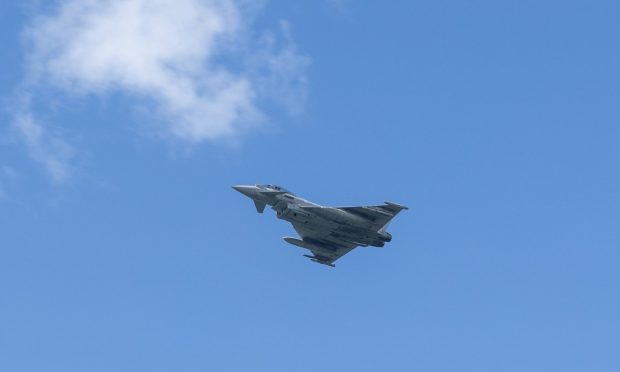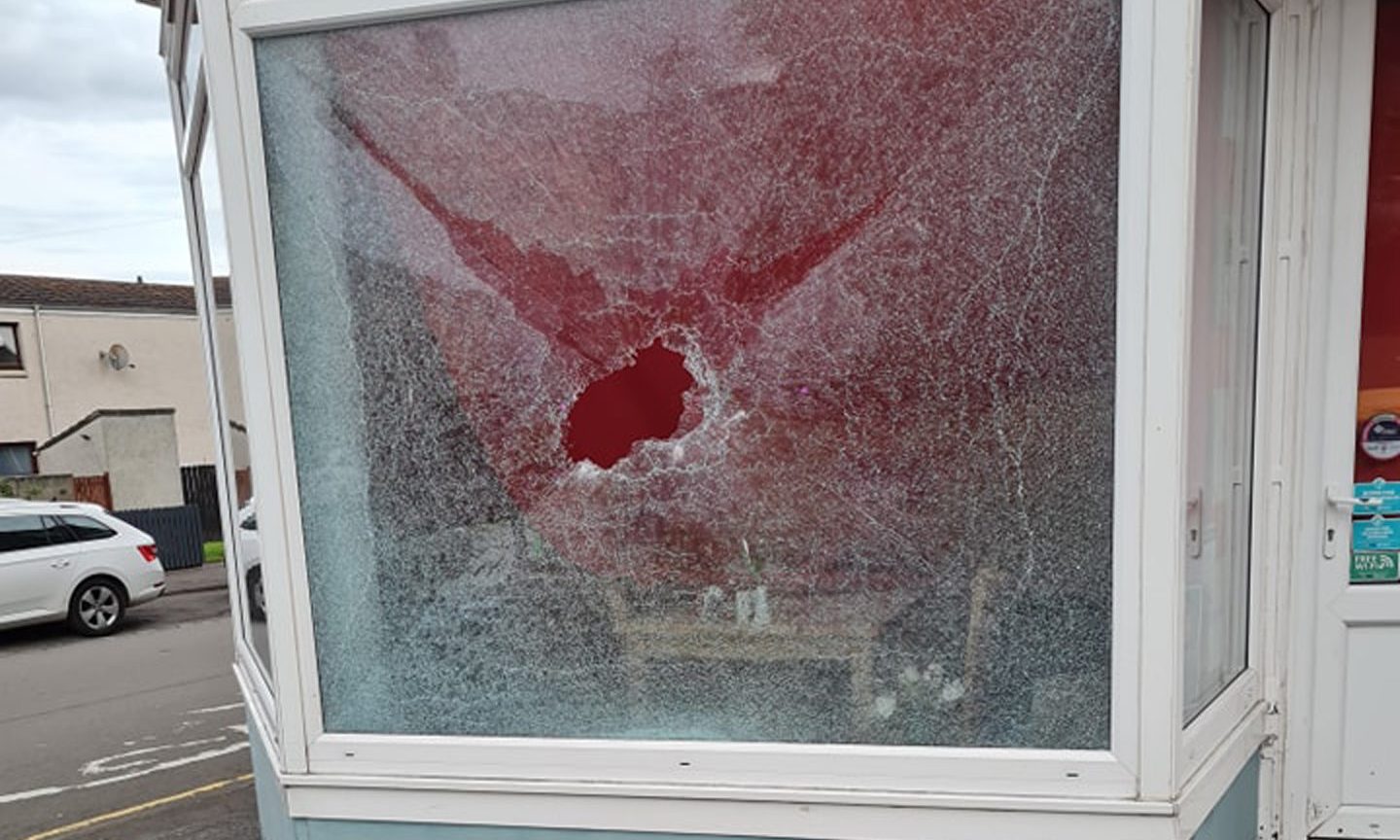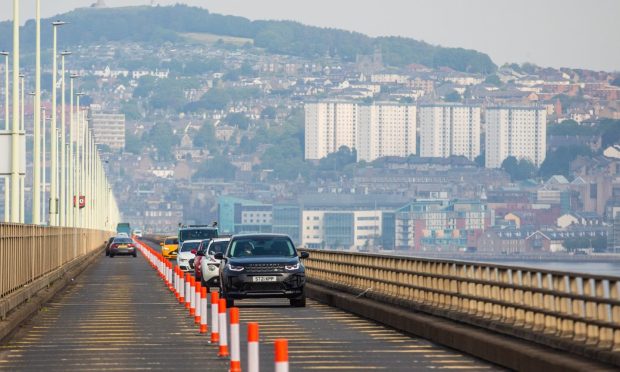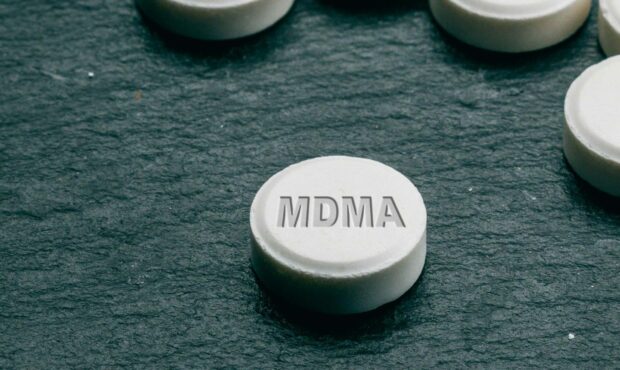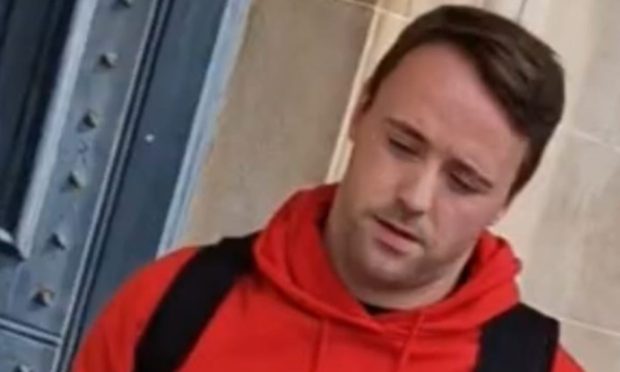A quarter of a century has passed since it was pledged Rosyth dockyard would not become a graveyard for decommissioned submarines.
Seven of the vessels, which contain radioactive material, have languished for decades at the Fife dock awaiting dismantling by the Ministry of Defence.
They include HMS Dreadnought, the UK’s first nuclear-powered submarine which was retired from service in 1980.
It was during a visit to Rosyth in January 1995 that the then defence procurement minister Roger Freeman made the statement.
The milestone prompted a repeated demand from Dunfermline and West Fife MP Douglas Chapman for action to deal with the vessels.
Mr Chapman said: “It is astonishing that 25 years after Roger Freeman made that statement we are still waiting for the UK government to clear up these submarines that were decommissioned in the 1980s.
“I have pressured the government for years to have some sort of joined-up thinking to remove these.
“It is not only costing the taxpayer millions every year to keep them but also taking up valuable dock space that Babcock could be utilising for more economically productive activities.”
The MoD began work on the first submarine Swiftsure in 2016, involving removing radioactive waste, with a target of fully dismantling it by 2023.
It has also removed low-level radioactive waste from a second submarine, Resolution, and said good progress was being made.
Mr Chapman welcomed targets set by the MoD but said these must be stuck to.
He also said dealing with the subs could bolster a skilled workforce in the area.
He said: “The task of removing them should not be seen as some lumbering chore but an opportunity to use the fantastic workforce we have in Dunfermline and West Fife as the process of defueling is a highly complex one.
“There is the real opportunity to create a centre of excellence in the skills necessary to dispose of these boats safely and speedily.
“I am aiming for a continuing programme of action, not platitudes, and the pressure must be kept on the UK government so they can deliver on their commitment to remove these subs for good.”
The MoD said work on Resolution continued at pace and there had been demonstrable performance improvements on Swiftsure.
A spokeswoman said: “We remain committed to the disposal of our old submarines and are enhancing the existing facility to ensure we can continue to defuel our nuclear submarines safely and efficiently.
“There are no radiological or conventional safety concerns with the current storage process.”
